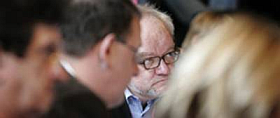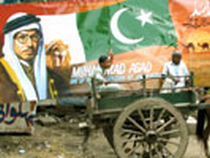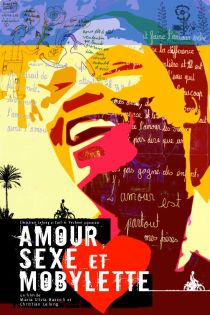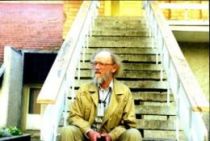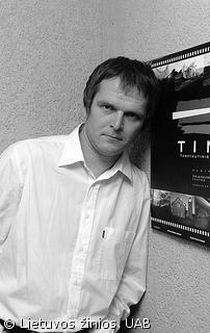I have just left Vilnius, this beautiful spiritual capital of Lithuania. I had two nights at the Shakespeare Hotel, which I would like to (an exception on this blog) recommend to everyone.
Anyway, I can report to you that the Lithuanians keep their artistic quality. I have several times on this blog (use search on the site) mentioned the names of Arunas Matelis and Audrius Stonys, manyfold awarded in their own country and filmmakers who are very much esteemed internationally.
IF Lithuania still lacks a healthy and internationally open structure for funding of documentaries, and IF Lithuania has much less money available for production than the two other Baltic countries, the fact that I have recommended the selection committee at DOK Leipzig to watch 6 out of the 9 films that I saw, talks for itself. It is a country that salutes the auteur, the originality, the trust in images to tell the stories and the many layered documentaries that is what makes a creative documentary.
My host in Lithuania, a name I mention with much respect and admiration is Audrius Stonys, who makes one film per year, always related to the culture and traditions of his native country, always challenging to watch, born out of humanistic thinking. This time the title is “Four Steps”, made out of a deep fascination of super-8 mm wedding films, shot in 1961, 1972, 1983 and 2007. And of course it is not “only” about wedding traditions, it is also philosophy and literature and songs and music. I look forward to see this film for the third time!
Now I break the rule of one name per country and salute Arunas Matelis as well. He is not only the master behind “Before the flight Back to the Earth” and a series of films that we saw at the Balticum Film & TV Festival in the 90’es, but has also taken the responsability to help the completion of Audrius Mickevicius long awaited and internationally supported (YLE, Finland and MDR, Germany) film about a man and his horse, “The Year of the Horse”. A real Baltic documentary. Slooow, image born, no commentary, humour, a hymn to a life far away from the noisy metropoles. And far away from mainstream journalistic docs.
Do you read this, consultants at the Danish Film Institute?
http://www.shakespeare.lt/ http://www.filmkommentaren.dk/default.asp?page_id=2 http://www.stonys.lt/index.asp?DL=E Photo: Audrius Stonys




